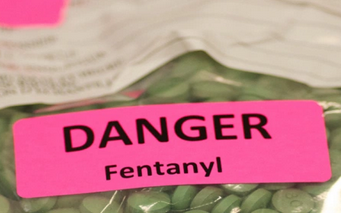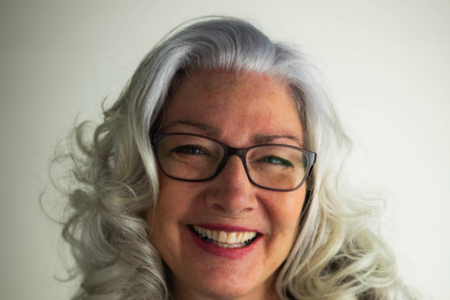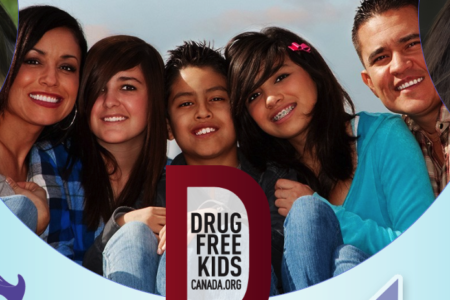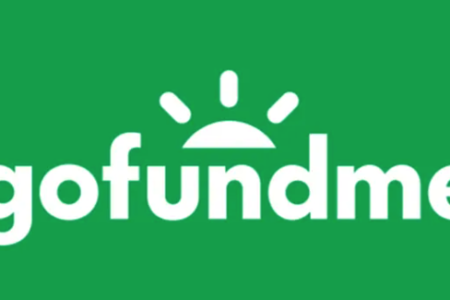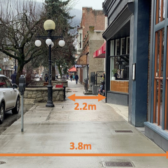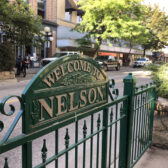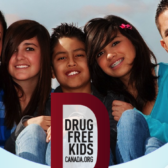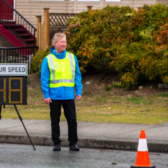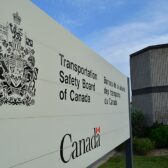Illicit drug toxicity death rate rises in city, across the province
The illicit drug toxicity death rate in Nelson has risen over the last three years, mirroring a record rise in deaths across the province, according to the BC Coroners Service.
Data rates per 100,000 person-years has risen from 7.3 in 2019 to 27.2 so far in 2021 in Nelson, with five recorded deaths this year in the city alone.
In B.C. at least 201 people died in October — and 1,782 people in the first 10 months of 2021 — due to an “increasingly toxic and volatile illicit drug supply,” noted Lisa Lapointe, B.C.’s chief coroner.
“This is a health crisis,” she said in a statement. “A comprehensive plan to ensure access to safe supply for the thousands of B.C. residents dependent on these substances is essential. Shifting from a punishment and stigmatizing regime to a decriminalized, health-focused model is also a critical step to reduce suffering and save lives.”
That message was echoed by Amber Streukens, harm reduction peer navigator at ANKORS, when she spoke to Nelson city council in June about trying to turn the tide on the rising number of overdose deaths.
“A safe pharmaceutical supply of drugs that people actually use will have a serious impact on reducing overdose deaths,” she said.
Decriminalization of the drugs is an essential first step to getting through the “muck,” she added, but it won’t have the same impact in reducing overdose fatalities.
“People who are at risk of overdose are, not all but many, diagnostically considered to have a medical condition. We have criminalized the substance of a medical condition through the criminalization of possession, which prevents people from getting help,” she stated.
A safe supply is the number one thing that will save lives right now, said Tammy McLean, who headed up the Opioid Agonist Therapy Clinic in Trail.
Fentanyl was found in 85 per cent of the drugs used in overdose deaths.
“We are finding fentanyl in all street drugs like cocaine, methamphetamine and other opioids,” she said.
At 27.2 (per 100,000 person-years), the city sits just behind Castlegar (50.1) as the highest death rate in the Kootenay Boundary, and was ranked 50th in the province. The overall overdose death rate for the Kootenay Boundary region was 32.8, with 19 people having died from drug toxicity in 2021.
October marks the first month in which 200 lives were lost to illicit drugs in B.C., with the 1,782 lives lost to drug toxicity between January and October the most ever recorded in the province in one year.
Overall, 8,300 people have died as a result of drug toxicity since the public health emergency into substance-related harms was declared in April 2016.
Urban areas
The impacts of the illicit drug crisis are being felt by communities throughout B.C.
While the largest numbers of deaths continue to be recorded in urban centres such as Vancouver, Surrey and Victoria, the rates of death per 100,000 residents are at record levels in every health authority, including Vancouver Coastal (47.6), Interior (45.0) and Northern (44.8).
The overall rate of death in the province stands at 41.2 per 100,000 residents, more than double the rate recorded in 2016 (20.4).
On the record
• 71 per cent of those who have died as a result of suspected drug toxicity in 2021 were aged between 30 and 59, and 79 per cent were male.
• The number of illicit drug toxicity deaths in October 2021 equate to about 6.5 deaths per day.
• By health service delivery area (HSDA), in 2021, the highest rates of death were in Vancouver, Thompson Cariboo, Northwest, North Vancouver Island and Fraser East.
• By local health area (LHA), in 2021, the highest rates of death were in Upper Skeena, Lillooet, Merritt, North Thompson and Enderby.
• Illicit drug toxicity deaths in B.C. rank second only to cancer in terms of years of life lost. The median age of those who died as a result of illicit drug toxicity in 2020 was 43.
• Analysis shows no indication that prescribed safe supply is contributing to illicit drug deaths.



